The Veress needle is a hollow, narrow needle containing a spring-loaded rod. This rod is designed to prevent damage to internal organs when the needle is inserted into the body. Once the needle enters the abdominal cavity, the spring-loaded rod is retracted, opening the path for gas to flow, allowing carbon dioxide to enter the abdomen. This safety feature of the Veress needle ensures that surgeons can access the abdominal cavity with greater confidence.
Veress needles are produced in various sizes and lengths, selected based on the type of surgery and the patient’s body structure. Common lengths of Veress needles include 10 and 12 cm, but shorter or longer versions are also available depending on the requirement.
10 cm Veress needle: Used for most general surgeries and simple laparoscopies.
12 cm or longer Veress needle: Used for patients with thicker abdominal tissue, such as obese patients.
Veress needles are primarily used in laparoscopic surgeries, including:
Diagnostic laparoscopy: For investigating internal abdominal and pelvic issues.
Gallbladder removal: In minimally invasive gallbladder surgeries.
Gynecological surgeries: Such as ovarian cyst removal and endometriosis surgery.
Urological surgeries: For treating urinary tract and kidney problems.
As one of the key instruments in minimally invasive surgeries, the Veress needle provides safe and controlled access to the abdominal cavity. Its unique design and various size options assist surgeons in performing surgeries with greater precision and confidence, ultimately improving treatment outcomes and patient comfort.


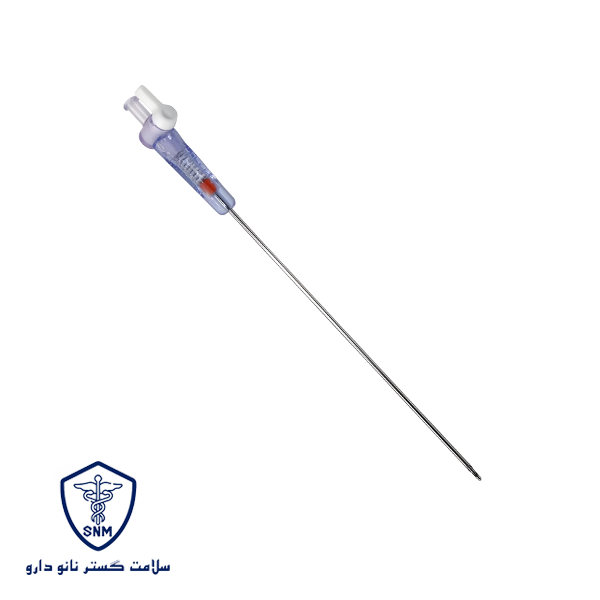
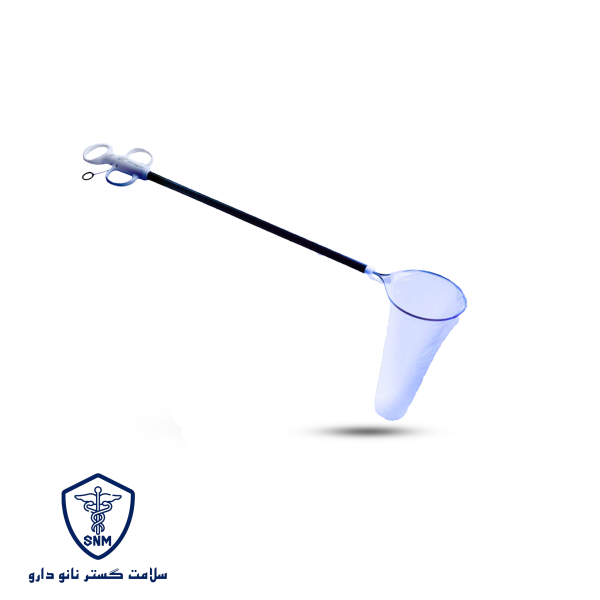
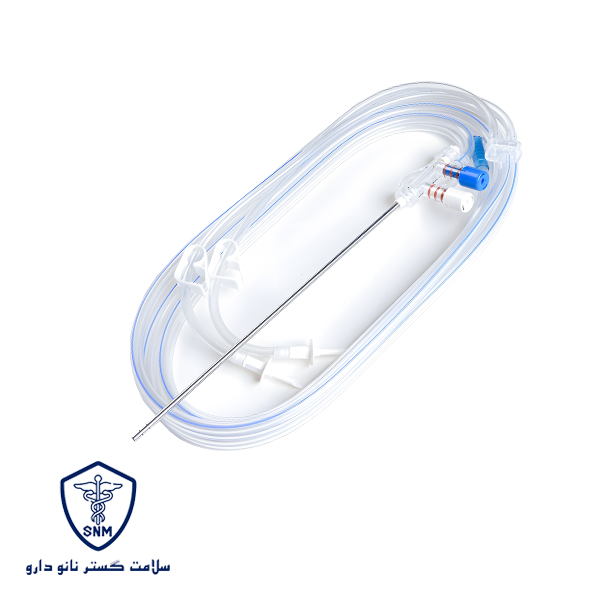
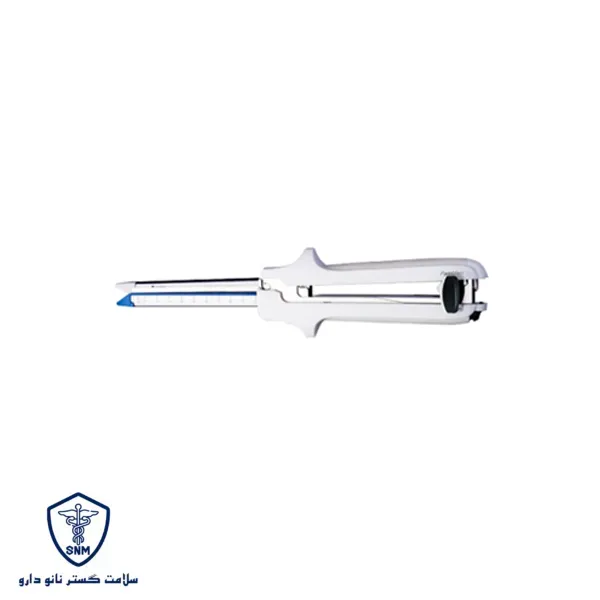

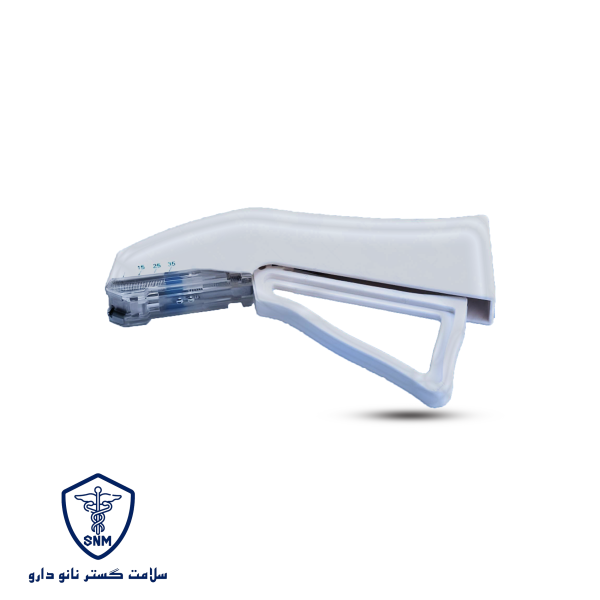
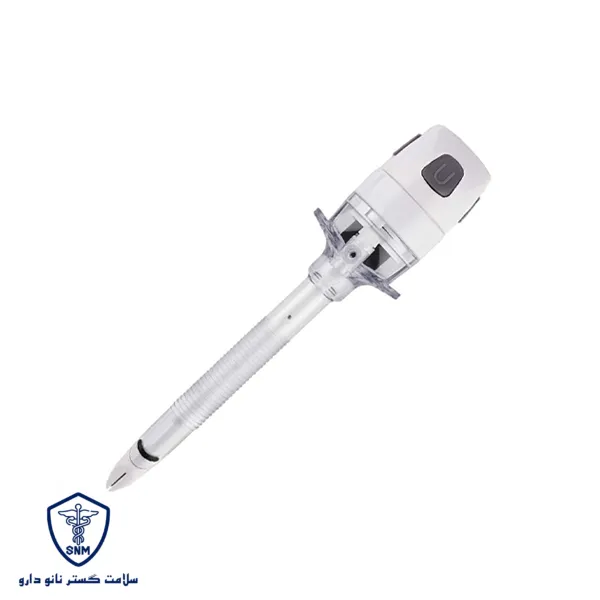
Reviews
There are no reviews yet.